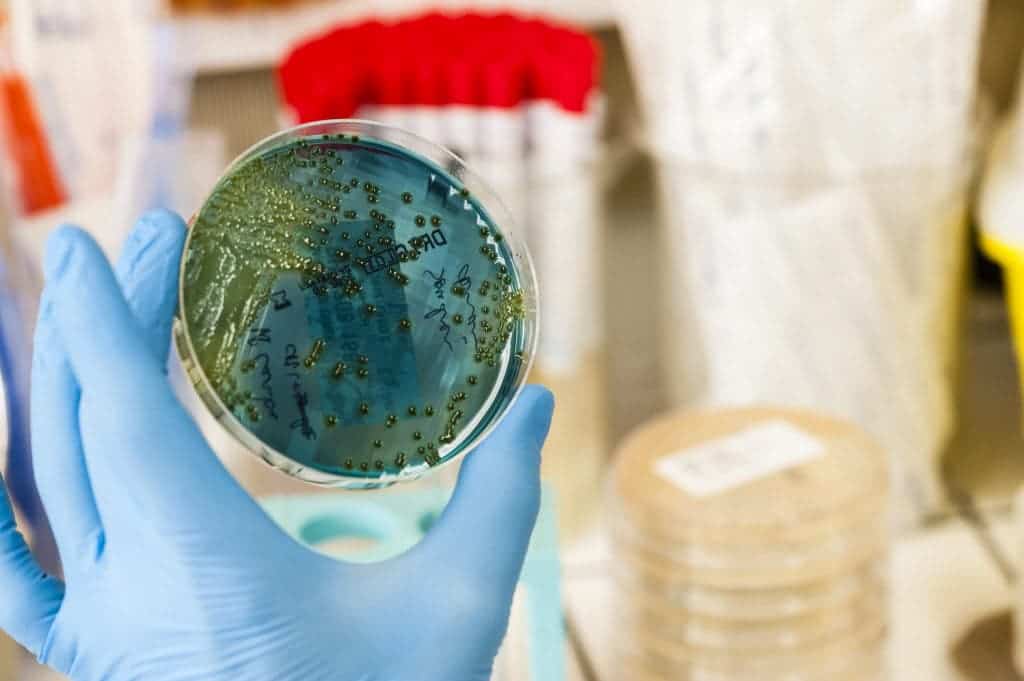The new antibiotics are effective against a broad range of bacteria, including MRSA.

Antibiotics are undoubtedly one of the greatest inventions in history, enabling mankind to treat a number of diseases and infections for which there was previously no cure. But in recent years, the increasing number of drug-resistant pathogens has grown tremendously, up to the point where the World Health Organization considers it to be one of the greatest threats to humanity. Despite this, in recent decades, the development of new antibiotics has been slow and tedious.
“If this trend continues, the consequences for public health and for the general community could be catastrophic. The current clinical pipeline, however, is very limited and is dominated by derivatives of established classes, the “me too” compounds,” write Prof. Brice Felden and his team at the Inserm and Université de Rennes in a new study published in PLoS.
The ‘me too’ compounds he is referring to are derived from existing classes of antibiotics, so they’re not novel ones. But a few years ago, Felden came across a new and interesting class of compounds.
“It all started with a fundamental discovery made in 2011”, Felden explains. “We realized that a toxin produced by Staphylococcus aureus whose role is to facilitate infection is also capable of killing other bacteria present in our body. What we had identified was a molecule with dual toxic and antibiotic properties. We thought that if we could separate these activities, we would be able to create a new antibiotic non-toxic to the body. A challenge that we accepted!”.
They started from natural bacterial peptides, shorting and modifying them — ending up with 4 promising peptides. Out of them, 2 turned out to be effective against methicillin-resistant Staphylococcus aureus (MRSA) in mouse models without exhibiting toxicity for human erythrocytes and kidney cells. In other words, they were efficient as antibiotics without posing toxicity dangers.
These new compounds were tested at extremely high concentrations (up to 50 times higher than the effective dose), without producing any toxicity. The antibiotics were left in contact with the animals for several days, without any drug resistance being observed. The results are exciting, particularly in this light.
“We think these new molecules represent promising candidates for the development of new antibiotics that can provide alternative treatments to antimicrobial resistance,” says Felden.
However, it’s still early days. The exposure time (15 days) was relatively short, and it’s still only a mouse study. Often times, the results don’t carry over well in humans — this is actually the case with most mouse studies.
Nonetheless, the possibility of a new class of antibiotics is nothing short of exciting. Whether or not it works in humans remains to be seen, as researchers are planning to test the drug in a phase 1 clinical trial. They are usually small trials, recruiting only a few patients.
The study was published in PLoS. https://doi.org/10.1371/journal.pbio.3000337






